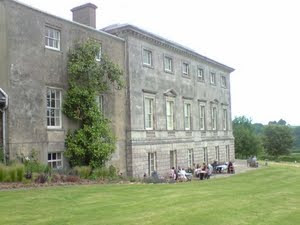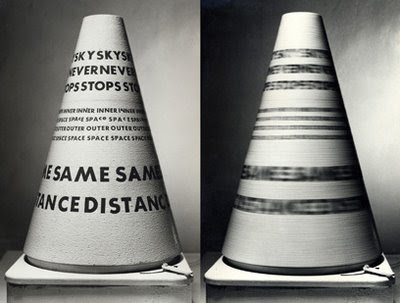
Helen Lopez, Shift Perception, Exeter: Shearsman, 2009, isbn 978-1-84861-073-6 -- my sister Helen's first poetry book.
Andrew Nightingale, The Big Wheel, Kingsbridge, Devon: Oversteps, isbn 978-1-906856-05-2 -- Andrew studied for the MA in Creative Writing at Plymouth.
Christopher Cook, Notes to the Graphites (exhibition catalogue), University of Plymouth: Peninsula Arts Gallery, 2009 -- I have a small collection of Christopher Cook artworks.
Rae Armantrout, Lyn Hejinian, Ted Pearson, Tom Mandel, Ron Silliman, Carla Harryman, Steve Benson, Barrett Watten, Bob Perelman and Kit Robinson, The Grand Piano (Part 9): An Experiment in Collective Autobiography, San Francisco 1975-1980, Detroit, MI: Mode A, 2009, isbn 978-0-9790198-8-3 -- The Grand Piano design and typography by Barrett Watten, cover motif after Varvara Stepanova.






